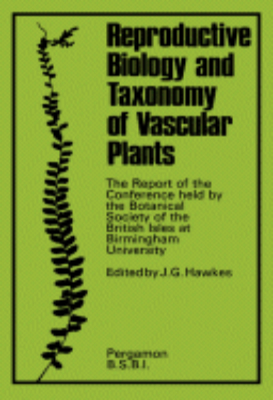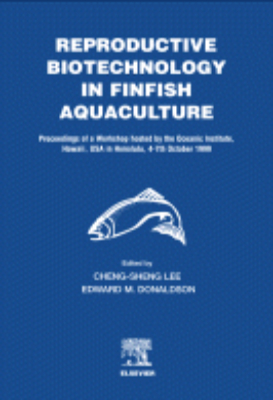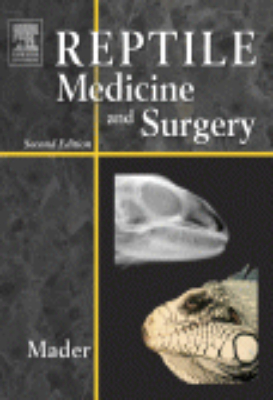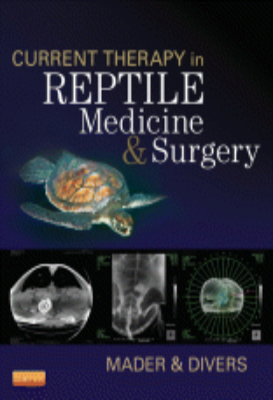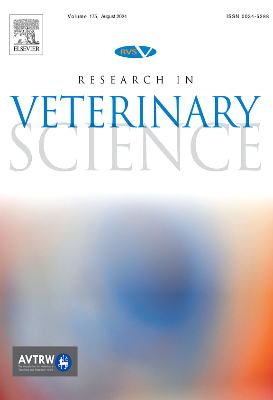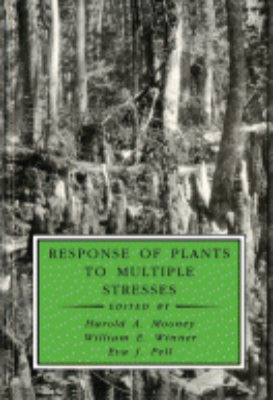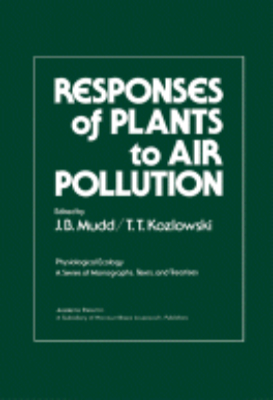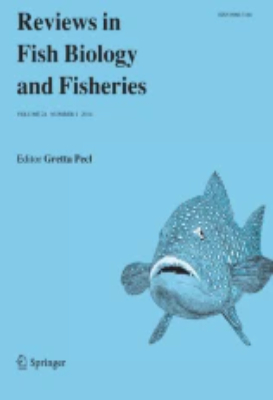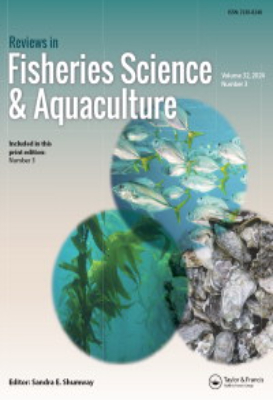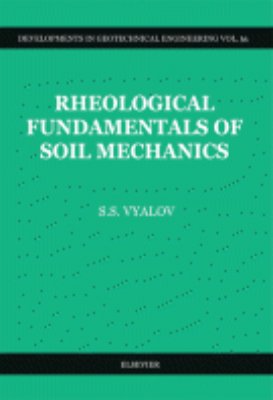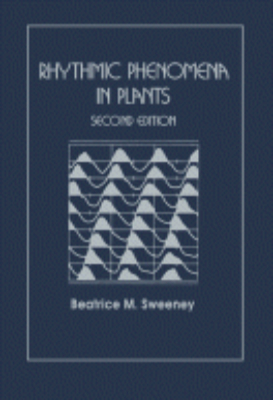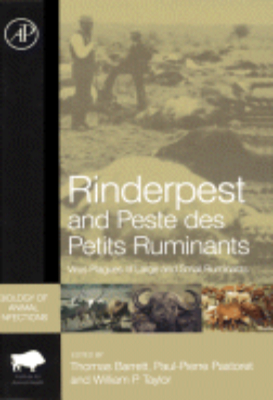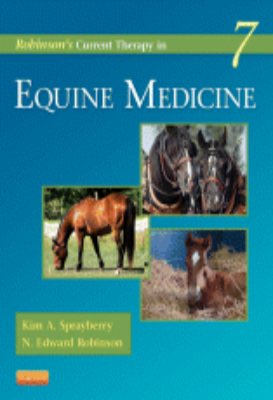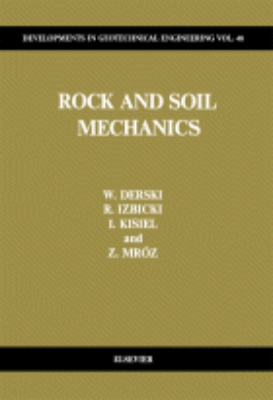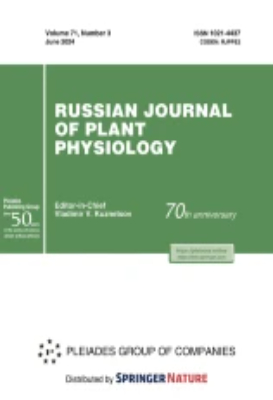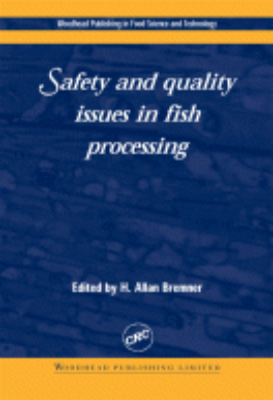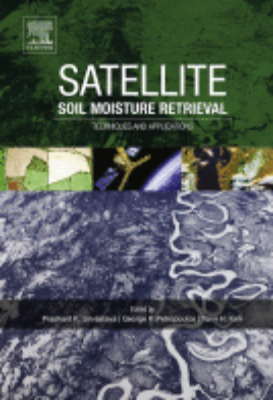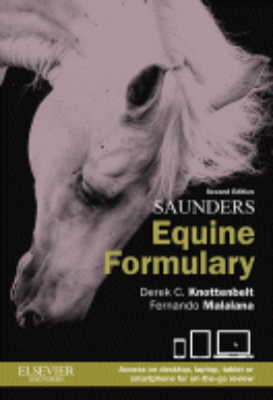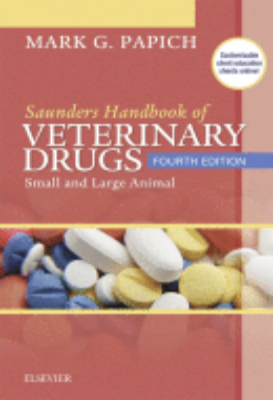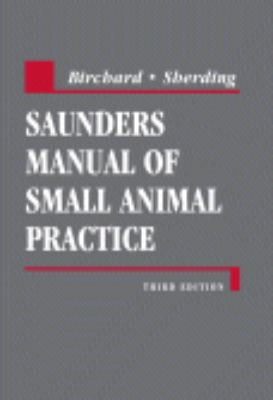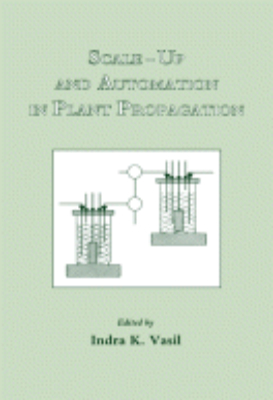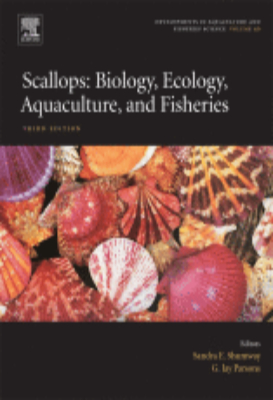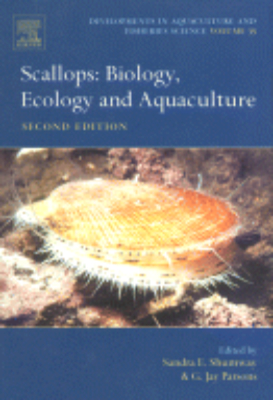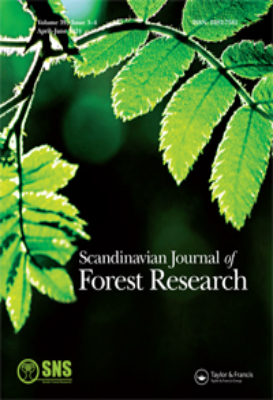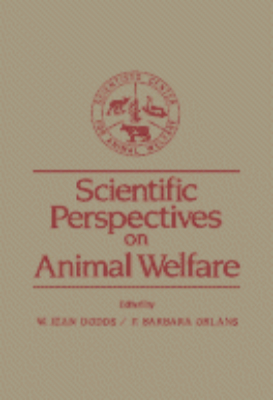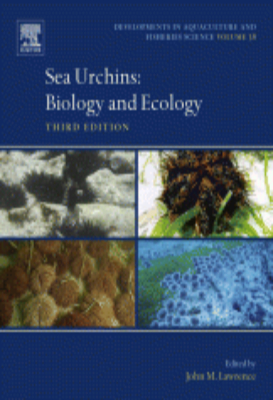Agricultural Science
Reproductive Biology and Taxonomy of Vascular Plants
Reproductive Biology and Taxonomy of Vascular Plants is a collection of papers presented at the Conference on Reproductive Biology and Taxonomy of Vascular Plants, held at the Department of Botany, University of Birmingham on April 23-25, 1965. The conference primarily explores the reproductive biology of flowering plants and ferns to arrive at a better understanding of variation patterns and modes of evolution. This book is divided into six chapters and begins with a discussion on the breeding systems, variation and adaptation. The next chapters survey the practical implications of knowledge of breeding systems and other aspects of the reproductive biology of flowering plants, as well as the pollination mechanisms in orchids and the evolution of this family in relation to insect evolution. These chapters include an account of the foraging behavior of honey bees and its importance to the botanist in delineating the behavior of the insects that pollinate the plants. Other chapters deal with the mechanisms of plant dispersal and establishment, the aspects of seed dormancy, and germination and reproductive capacity related to evolutionary processes. The concluding chapters explore the many aspects of apomixis in its wider sense and survey how the variation patterns of apomicts were due to this special mode of reproduction. This book is directed primarily to botanists.
Reproductive Biotechnology in Finfish Aquaculture
The successful reproduction of cultured brood stock is essential to the sustainable aquaculture of aquatic organisms. This book describes recent advances in the field of finfish reproductive biotechnology. The chapters in this volume are written by eminent scientists who review the progress and assess the status of biotechnology research that is applicable to the reproduction of finfish species for aquaculture. A wide range of topics is included starting with broodstock technologies such as broodstock genetics, broodstock nutrition, environmental control of maturation and impacts of stress on broodstock, gametes and progeny. The volume includes technologies for induction of ovulation and spermiation using synthetic hypothalamic peptides. Gamete technologies which are described include cryopreservation, chromosome set manipulation, disease prevention and control for gametes and embryos and the development of transgenic fish with enhanced production characteristics. Genetic and endocrine technologies for the production of monosex male and female fish stocks are also described. The closing chapter summarizes the discussion of each topic at the workshop, provides recommendations to industry and describes priorities of research and development. Researchers as well as teaching faculty in the aquaculture field will find this volume of great value.
Reptile Medicine and Surgery: 2006
This outstanding clinical reference provides valuable insights into solving clinical dilemmas, formulating diagnoses, developing therapeutic plans, and verifying drug dosages for both reptiles and amphibians. The information is outlined in an easy-to-use format for quick access that is essential for emergency and clinical situations.
Reptile Medicine and Surgery: 2014
Current Therapy in Reptile Medicine and Surgery is a valuable reference that emphasizes topics of real clinical relevance in reptile and amphibian medicine. With details on therapeutic regimens, this text also features coverage of infectious diseases, anesthesia, surgery, and advances in biology and conservation. Colorful illustrations showcase exotic animals, and numerous tables and figures provide quick access to essential information. "This is a great book for anyone interested in herptile medicine and surgery, worth every penny and I am sure will go on to become a regular series." Reviewed by: Jonathan Cracknell. Date: 25/07/2014
Resource Structure of Agriculture
Resource Structure of Agriculture: An Economic Analysis focuses on the quantitative economic analysis of the agricultural industry. The book first discusses the theory of resource demand. Topics include decision milieu in agriculture; aggregate demand for an input; and notes on the statistical estimation of the demand function for an input. The text also examines the role of labor in agriculture, including agricultural wages, migration from agriculture, and regional labor supply. The monograph underscores the use of machineries in the agricultural sector. Analysis of post-war demand for power and machinery; early developments in agricultural mechanization; trends in the use of other machinery; and supply conditions for agricultural machinery are discussed. The text also looks at the use of fertilizers and pesticides in the agricultural sector, as well the need to invest in farm buildings. The book examines the demand for resources and supply of agricultural products. Future pattern of resource use and technological change; interactions between demands for different resources; and resource demand and a derived supply elasticity are discussed. The text is a valuable source of data for readers interested in the economic analysis of the agricultural industry.
Response of Plants to Multiple Stresses
"This book presents a whole-plant perspective on plant integrated responses to multiple stresses, including an analysis of how plants have evolved growth forms and phenological responses to cope with changing stress patterns in natural environments. Key Features. Explores stress responses at both the structural and process levels. Outlines structural, phenological, and physiological responses that optimize production under multiple stresses. Combines physiological and evolutionary perspectives"
Responses of Plants to Air Pollution
Responses of Plants to Air Pollution examines the effects of air pollutants, individually and synergistically, on both higher and lower plants. The subject matter overlaps into a wide range of disciplines including agronomy, plant anatomy, biochemistry, cryptogamic botany, ecology, entomology, forestry, horticulture, landscape architecture, meteorology, microscopy, plant pathology, plant physiology, and soil science. The opening chapter presents an overview of sources of air pollution, costs of air pollution, and mechanisms of pollution injury to plants. Separate chapters on sulfur dioxide, ozone, fluorides, peroxyacyl nitrates, oxides of nitrogen, and particulates follow. Subsequent chapters are devoted to plant responses to combinations of pollutants; to effects of pollutants on plant ultrastructure, on forests, and on lichens and bryophytes; to interactions of pollutants with canopies of vegetation; to interactions of pollutants and plant diseases; and to interactions of pollutants with agricultural practices. This book will be useful to scientists in many disciplines as well as those who share the concern that clean air can no longer be expected to be the normal environment for plants or animals. The book will also be a valuable a reference work or text for upper level undergraduate students, graduate students, researchers, and growers of plants.
Rhythmic Phenomena in Plants
Rhythmic Phenomena in Plants, Second Edition focuses on the study of biological clocks in all kinds of plants, from unicellular algae to flowering trees. This book discusses the patterns of plant movement, parameters of rhythms and how to calculate them, and rhythms that match and do not match environmental periodicities. The mechanism of circadian timing, circadian rhythms in angiosperms, comparison between dinoflagellates and other rhythmic organisms, and semilunar and lunar rhythms are also elaborated. This publication likewise covers the measurement of day length in photoperiodism, circannian rhythms in plants, oscillations with short periods in leaves and roots, and streaming in a slime mold. This edition is valuable to biologists intending to contribute to the study of biological timing.
Rinderpest and Peste des Petits Ruminants
Rinderpest and Peste des Petits Ruminants tells the story of how, by the year 2010, scientists are set to globally eradicate one of the great historic plagues that has ravaged human livestock for centuries. Descriptions of the disease in Europe date back to the 4th century and it was regularly re-introduced following wars and other civil unrest until late in the 19th century. It was introduced with devastating effect into Africa towards the end of the 19th century and is now widespread across sub-Saharan Africa, the Middle East and Southern Asia. Its causative agent, rinderpest virus, a morbillivirus very closely related to human measles virus, decimates the cattle population along with those of other susceptible domestic ruminants and many wildlife species wherever it is present.
Robinson’s Current Therapy in Equine Medicine
With coverage of current issues and the latest therapeutic advances, Robinsons Current Therapy in Equine Medicine, Volume 7 provides a concise, all-new reference for the management of equine disorders and conditions. Chapters emphasize the practical aspects of diagnosis and treatment and provide details for therapeutic regimens. This new volume brings you thorough coverage and authoritative advice on selected topics in areas that have seen significant advances in the last five years. Cutting-edge topics include emerging and exotic infectious diseases that may endanger horses in North America; biosecurity strategies; imaging updates; medical genetics; multimodal pain management; and regenerative, geriatric, and oncologic medicine. A logical body-system organization will save you time in finding the information you need. From well-known editors Kim Sprayberry and N. Edward Robinson, with chapters written by nearly 200 equine experts, this invaluable reference provides unparalleled guidance on the latest issues in equine medicine.
Safety and Quality Issues in Fish Processing
"The processing and supply of fish products is a huge global business. Like other sectors of the food industry it depends on providing products which are both safe and which meet consumers' increasingly demanding requirements for quality. With its distinguished editor and international team of contributors, Safety and quality issues in fish processing addresses these two central questions. Part one looks at ways of ensuring safe products. There are 3 chapters on the key issue of applying HACCP systems in an increasingly international supply chain. These are complemented by chapters on identifying and controlling key hazards from pathogens and allergens to heavy metals, parasites and toxins. Part two contains a range of contributions analysing various aspects of fish quality. Two introductory chapters consider how concepts such as quality, freshness and shelf-life may be defined. This chapter provides a context for chapters on modelling and predicting shelf-life, key enzymatic influences on postmortem fish colour, flavour and texture, and the impact of lipid oxidation on shelf-life. Part three of the book looks at ways of improving quality through the supply chain. An initial chapter sets the scene by looking at ways of creating an integrated quality chain. There are then a series of chapters on key processing and preservation technologies ranging from traditional fish drying to high pressure processing. These are followed by a discussion of methods of storage, particularly in maintaining the quality of frozen fish. Two final chapters complete the book by looking at fish byproducts and the issue of species identification in processed seafood. As authoritative as it is comprehensive, Safety and quality issues in fish processing is a standard work on defining, measuring and improving the safety and quality of fish products. Key Features. Addresses how to provide fish products which are safe and also meet consumers increasingly demanding requirements for quality. Examines ways of ensuring safe products, from the application of HACCP systems in an international supply chain to the identification and control of hazards from pathogens, allergens, heavy metals, parasites and toxins. Outlines how to identify and control hazards, from pathogens and allergens to heavy metals, parasites and toxins"
Satellite Soil Moisture Retrieval
Satellite Soil Moisture Retrieval: Techniques and Applications offers readers a better understanding of the scientific underpinnings, development, and application of soil moisture retrieval techniques and their applications for environmental modeling and management, bringing together a collection of recent developments and rigorous applications of soil moisture retrieval techniques from optical and infrared datasets, such as the universal triangle method, vegetation indices based approaches, empirical models, and microwave techniques, particularly by utilizing earth observation datasets such as IRS III, MODIS, Landsat7, Landsat8, SMOS, AMSR-e, AMSR2 and the upcoming SMAP. Through its coverage of a wide variety of soil moisture retrieval applications, including drought, flood, irrigation scheduling, weather forecasting, climate change, precipitation forecasting, and several others, this is the first book to promote synergistic and multidisciplinary activities among scientists and users working in the hydrometeorological sciences.
Saunders Equine Formulary
A handy and portable guide to todays leading equine drugs, Saunders Equine Formulary, 2nd Edition makes it quick and easy to look up drug information when you need it most while youre in the field. And its more than a simple formulary: this book also provides benchmark values on vital signs and normal values so that you can correctly interpret diagnostic tests. This new edition is the only equine formulary available both in print and as an app for mobile use. Written by a world-renowned expert on equine medicine, Derek Knottenbelt, this book is an indispensable reference for equine veterinary practitioners, veterinary students, and others involved in breeding and keeping horses.
Saunders Handbook of Veterinary Drugs
Saunders Handbook of Veterinary Drugs, 4th Edition includes entries for 550 drugs, with convenient appendices summarizing clinically relevant information at a glance. New to this edition are 25 new drug monographs and easy access to drug content on any mobile device. Written by clinical pharmacology expert Mark Papich, this handy reference includes a companion website containing more than 150 customizable handouts with special instructions for your clients. It helps you find the specific drug facts and dosage recommendations you need to treat small and large animals, right when you need them!
Saunders Manual of Small Animal Practice
"Meticulously organized by body system for optimal readability and ease of reference, the 3rd edition of this best-selling manual provides quick, comprehensive, and practical guidance on evaluating and managing a full range of common medical and surgical conditions encountered in small animal practice. Medical chapters discuss etiology, clinical signs, diagnoses and treatment, while surgical chapters discuss anatomy, preoperative considerations, procedures and postoperative care. It also contains an entire section devoted to avian and exotic pets and a comprehensive drug formulary. Key Features. A consistent outline format provides easy access to information on etiology, clinical signs, diagnosis, and treatment for each disease or disorder, as well as anatomy, preoperative conditions, techniques, and postoperative care for surgical procedures.. Key Points draw attention to helpful tips and key concepts.. Includes a comprehensive section covering diagnosis, treatment, and surgery for avian and exotic pets.. Features new chapters that cover key topics such as physical therapy and rehabilitation, pain management, vaccination guidelines, and syncope.. Includes the latest information on drugs and clinical equipment throughout."
Scale-up and Automation in Plant Propagation
Scale-Up and Automation in Plant Propagation reviews methods of automation and scale-up of plant propagation in vitro. It looks at the large scale clonal propagation of plants, or micropropagation, as the first major practical application of plant biotechnology. It also discusses the advantages and limitations of micropropagation and evaluates current methods of commercial micropropagation. Organized into 13 chapters, this volume begins with an overview of the benefits of scaling up and automating plant propagation before proceeding with a discussion of synthetic seeds and their use for plant propagation, along with problems and economic considerations associated with synthetic seed technology. It then considers the implementation of somatic embryogenesis technology for clonal forestry, the development and commercialization of bioreactor technology for automated propagation of potato microtubers and lily microbulbs, and approaches to automated propagation of fruit trees. Other chapters focus on issues of cost reduction and development of ""new"" products, scale-up and operation of prototype bioreactors for plant propagation, and application of machine vision technology to scale-up and automated evaluation of somatic embryogenesis in sweet potato. The book also describes methods of measurement and control of the environment in culture, environmental factors affecting photosynthesis, and use of robotics and field transplanters in the automation of plant propagation. Scientists and plant breeders will find this book extremely useful.
Scientific Perspectives on Animal Welfare
Scientific Perspectives on Animal Welfare is a compendium of papers presented at the First Conference on Scientific Perspectives in Animal Welfare. This book discusses the role of scientists in the human use of animals in biomedical experiments. This text reviews the use of animals in medical research and also expounds on the work and goals of the Scientists Center for Animal Welfare. Section 1 discusses the responsibilities of the researcher involved in animal experimentations, including his choice of species and his compliance with guidelines and principles in the animals treatment. Section II describes the responsibilities of institutions involved in animal experimentation. One paper cites the Swedish Animal Welfare Act of 1944 with amendments incorporated in 1979 that can serve as a model. Section III describes the responsibilities of the funding agency in animal experimentation. One paper summarizes the agencys responsibilities to include evaluation of animal issues during preaward merits, random site visits, and accountability of concerned committees. Section IV covers editorial responsibilities in animal experimentation such as publication polices and tasks. Section V deals with public policy and recommendations. The text also outlines the responsibility of the individual researcher and scientific societies in determining public policy. This collection of papers is suitable for scientists and technicians whose work involves animal experimentations, for veterinarians, and for students whose disciplines are in medicine, biology, or chemistry.

